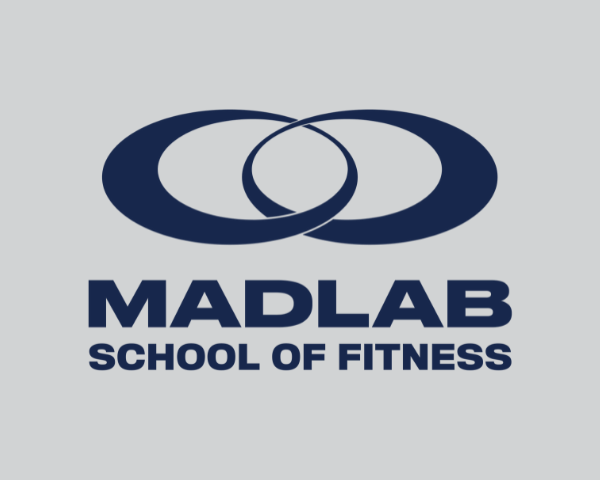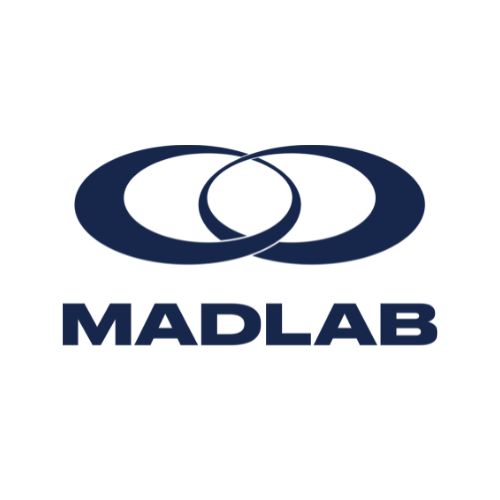MEET THE GYM THAT IMMEDIATELY DOUBLED THEIR REVENUE WITH MADLAB
Patrick Heringer and Sarah Jenkins were doing well.
Or at least, they were told they were doing well. They were retaining 97 percent of their members each month at their gym—Findlay Movement in Cincinnati, Ohio—they were able to pay their best coach $36 an hour, they loved their coaches and their community, and when they talked to other gym owners, it seemed they were doing everything right.
But they still weren’t really “getting ahead.” Instead, it felt as if they were just “treading water,” Heringer said.
They were working too much and not making enough money, and when their top coach’s partner got a job in another city, $36 an hour to coach 18 classes a week just wasn’t enough for her to even consider staying at Findlay Movement.
Shortly after that, another highly valued coach had a couple of kids and realized he needed to get “a grown-up job,” Jenkins explained, to make enough to raise his family.
“He couldn’t afford to work for us and make enough money to raise a family,” Jenkins explained, so he left and went into the trades.
Moments like that—where they realized they were “never going to be able to retain talent” following what Heringer called “the standard CrossFit affiliate model—led them to reconsider what they were doing.
“The fact that we had a really strong member base and a really good community and coaches that we liked and I liked doing it made it OK. But it’s OK up until the point that it’s not,” Jenkins said.
So one day, as they were sitting in their kitchen, they made a promise to each other.
“In five years from now, if we’re still doing this and it still feels this way, we’re quitting,” Heringer said.
But they weren’t ready to give up quite yet. They were prepared to make some big changes to see if they could turn the ship around, and what better time to make a change and “reboot” than when the pandemic hit and they had to close their doors for a bit.
That’s when Jenkins reached out to the Madlab Business, “and we never looked back,” Heringer said.
What Happened Next
In the next two-and-a-half years, Heringer and Jenkins changed just about everything about the way they run their business—from the way they intake new clients to the way they compensate their coaches—and it has paid off in spades.
Client intake: Instead of putting new clients through five group sessions for $120, each new client started doing 12 one-on-one sessions with their personal coach at $75 an hour.
Coach compensation: Instead of paying their coaches by the hour, Findlay Movement coaches now all have their own book of clients and are compensated via performance-based pay, which means they are paid a percentage of revenue from each client for as long as the client sticks around.
What this looks like in practice: Coach Robin Johnson has 50 clients and is compensated either 30 or 40 percent of the revenue they generate (30 percent if the gym gives the client to her and 40 percent for a referral).
To earn this money, she is responsible for nine group classes a week and for maintaining relationships with her clients.
What this means is she now earns double what she used to at her old gym, where she was getting paid by the hour, working the same number of hours but fewer on-floor hours.
When it comes to the coach perspective, nothing beats this model, explained Heringer and Jenkins.
Gone are the days where coaches have to coach three classes in a row, which is “difficult if you’re trying to be a professional coach and not a cheerleader,” Jenkins said.
Secondly, the Madlab model allows coaches to take a paid vacation, as coaches simply cover for each other while the other is away, all the while the coach whose away continues to earn the same compensation.
Further, from a client perspective, clients are now taken care of more effectively, as coaches are incentivized to give their clients what they want and need to be successful to retain them, Jenkins explained.
And finally, from the business owner standpoint, Jenkins and Heringer have now been freed up to focus on the business as they’re no longer in charge of things like scheduling and following up with leads.
“So much of (my) time before was dealing with leads and trying to get them to follow up. It’s so much time,” Heringer said. But today, he simply fires off the lead’s information to one of his coaches and the coach takes it from there.
Similarly, the coaches, who function together as a co-op, are responsible for setting their own schedule and finding substitutes should they need one, so gone are the days where Heringer is scrambling to find coverage for a coach who isn’t feeling well.
From a financial perspective, Heringer and Jenkins finally feel like there’s hope: They generated more revenue in 2021 than they did in 2019 and 2020 combined, for example, and say they have a “significantly better financial future than we ever would have had in the previous model,” Heringer said.
“We actually have something to sell now,” Jenkins said, adding that their goal one day is to sell the gym to one of their coaches.
Their Message: Don’t settle for being good in a bad model. Seek more for yourself as a business owner, and don’t be afraid to ask for help.
“Being successful in a bad model doesn’t mean you’re doing great,” Heringer explained.
“Admitting that you need that help is the only way you’re going to seek that out,” he added.
If you found this article helpful and would like to see exactly how these types of strategies could improve your sales and dramatically increase your revenue on a consistent basis,
Menu
Contact Us
1980 Clark Drive
Vancouver, BC Canada
V5N 0A9
info@madlabbusiness.com
Follow Us

Copyright © 2023 Madlab Business. All Rights Reserved.

